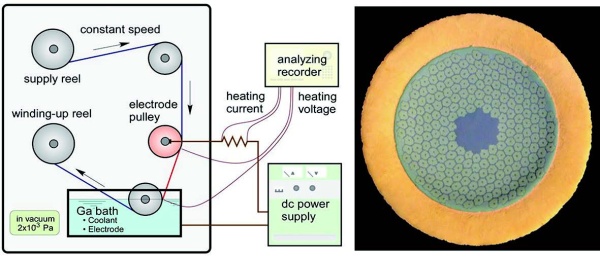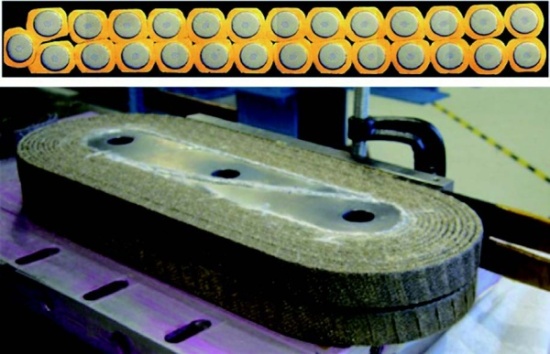Advanced Superconducting Wire Group
Member
Akihiro KIKUCHI
SAMURAI
Group Leader, Advanced Superconducting Wire Group, Hydrogen Technology Materials Field, Research Center for Energy and Environmental Materials (GREEN)

Nobuya BANNO
SAMURAI
Principal Researcher, Advanced Superconducting Wire Group, Hydrogen Technology Materials Field, Research Center for Energy and Environmental Materials (GREEN)

Hitoshi KITAGUCHI
SAMURAI
Senior Scientist with Special Missions, Research Center for Energy and Environmental Materials (GREEN)
NIMS Invited Researcher, Advanced Superconducting Wire Group, Hydrogen Technology Materials Field, Research Center for Energy and Environmental Materials (GREEN)
Associate Director

Purpose
- We are investigating the superconducting wires and related technologies (the stabilization, cabling, coil winding) used under the low-temperature and high magnetic fi eld for the high energy particle accelerator, fusion reactor, high resolution NMR and etc.
- In particular, we promote the development of wire processing technology for A15 typed metallic compound superconductors, such as Nb3Al and Nb3Sn.

The outline image of the Rapid Heating/Quenching apparatus, which performs the continuous joule heating and liquid Gallium bath quenching for the long precursor wire (left).
The practical superconducting wire after Cu stabilizer electroplating eventually (right).
Approach
- The PDCA cycle of new superconducting wire fabrication and high fi eld performance evaluation.
- Fine multi-fi lamentary wires fabricated through the micro composite of diff erent metals.
- Microstructural control through the metallurgical approach using the third-element addition, severe plastic deformation, and etc.
- Microstructural control through the thermodynamic approach using the quenching, massive phase transformation, diff usion reaction and etc.
- Critical current measurements using 18T superconducting magnet and 30T hybrid magnet.

The world's fi rst Nb3Al Rutherford typed cable (upper) and small race-track magnet (lower),
which were developed by a cooperation between NIMS and Fermi National Accelerator Laboratory in US.



